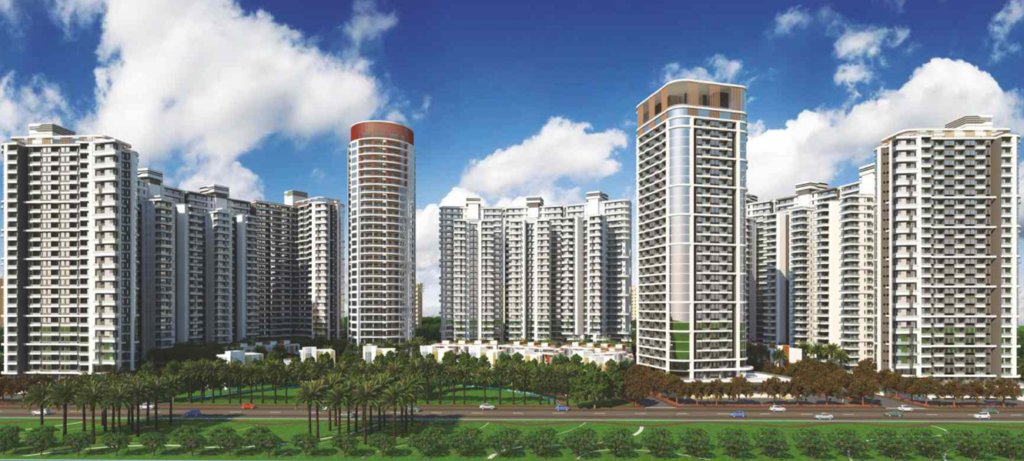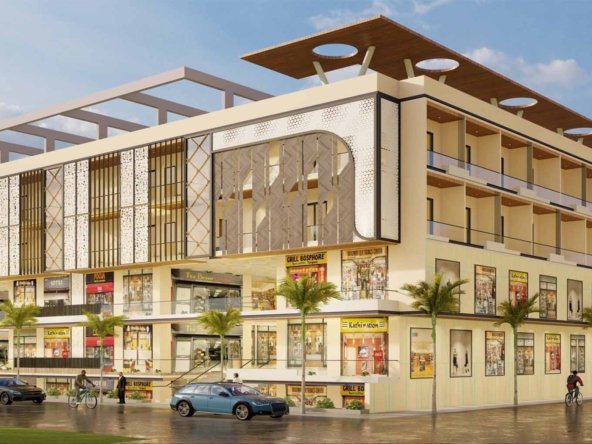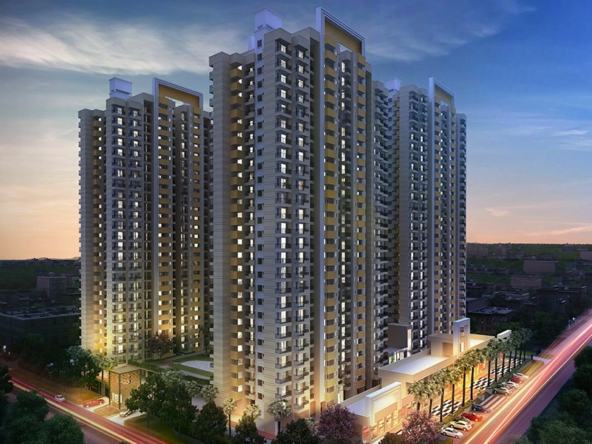
The trend of people leaving the large cities and moving to suburbs is reviving the real estate market in a significant manner. However, in addition to this shift, several other factors are likely to come into action within the next 18-24 months.
Some of the most important trends to watch out for are:
Home Prices Continue to Climb
Increased demand for single-family houses, along with decreasing stock supply, has resulted in a super spike in house prices. In these four years, the price of single-family homes has soared 43% more as it is marked by both greater competition and declining inventory. This is likely to continue since many buyers favor space, privacy, and a sense of stability away from overpopulated urban centers.
The New Paradigm in Suburbia and Other Small Markets
The new relocation is not just about going to the suburbs, but also about moving to smaller towns where one lives more affordably, with much more space, at a slower pace of life. With the permanence of telecommuting in most industries, no longer need be tethered by big city living, awakening previously neglected markets. There will always be a higher real estate boom in suburban areas and small towns as the need to change lifestyles than proximity to city centers will be their most important consideration for other buyers.
Supply Chain Challenges and Construction Delays
Supply Chain Bottlenecks. Based on factors such as scarce wood and steel inventories, the housing market is truly faced with significant bottlenecks along supply chains that impact timelines in construction and completions of projects. Delays are costing more by more days for builders. This bottleneck is making the shortage of the housing supply worse; prices rise further, and waiting periods for deliveries could increase in new homes.
Thriving Multi-Functional Home Demand
Given the increasing trend of remote working, homes are no longer isolated residential spaces anymore. Buyers are now aggressively seeking properties that comprise office spaces, fitness areas, and outdoor living setups. On this basis alone, needs for flexibility come to the fore. A demand for homes that will well fit multiple needs-personal as well as professional-will influence not only floor plans but forms of amenities in new developments.
Sustainability and Green Building Practices
With the increasing awareness of environment sustainability, the demand for sustainable homes is still on the rise. Homebuyers are seeking energy-efficient properties that fit their target criteria, such as feature-rich smart homes, solar panels, and the use of eco-friendly materials. Developers and builders are adapting by embracing green building practices and positioning themselves for long-term value, right in sync with consumers’ evolving demand and regulatory requirements.
Increasing Interest Rates and Its Impact on Affordability
While mortgage rates have been historically low for the past few years, economists expect that the interest rate is going to keep rising steadily over the next two years. It might translate into a substantial increase in home price toward end-users, particularly the first-time purchaser, who will end up paying more in the form of larger monthly payments. As long-term home prices continue on their upward trajectory and interest rates are gradually increasing, some would want to purchase earlier, when interest rates are still at somewhat lower levels, while others would also want to delay their purchasing in the expectation that it would eventually settle down.




